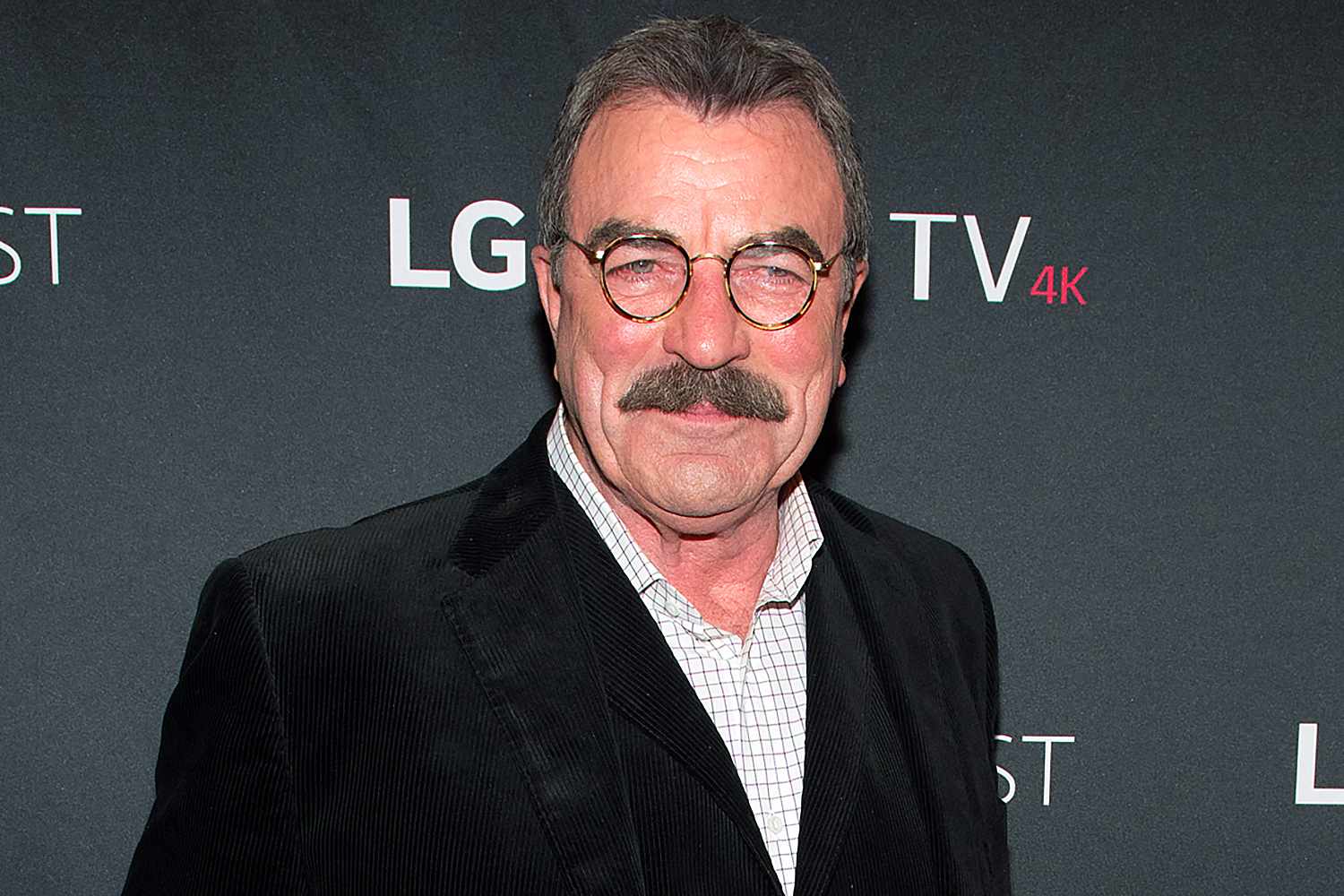Today’s Current Affairs: Bison Herd in Romania Could Offset CO2 Equal To 2 Million Cars
In a recent study, researchers have discovered that a herd of just 170 bison in Romania could store an amount of carbon dioxide (CO2) equivalent to taking nearly 2 million cars off the road for a year. This highlights the important role that wildlife conservation plays in combating climate change and maintaining healthy ecosystems. The bison’s natural behaviors, such as grazing grasslands evenly, recycling nutrients, and dispersing seeds, help capture and store carbon in the soil. This research underscores the benefits of reintroducing species like the European bison as nature-based climate solutions with significant biodiversity conservation co-benefits.
## What did researchers studying European bison in Romania find?
– A. They are not native to Europe
– B. They have no impact on the environment
– C. They could help offset carbon dioxide emissions
– D. They are dangerous to other wildlife
Answer: They could help offset carbon dioxide emissions
## What do European bison do to help capture and store carbon dioxide in the soil?
– A. Fly around the ecosystem
– B. Graze grasslands evenly
– C. Drive cars to release carbon dioxide
– D. Destroy the ecosystem
Answer: Graze grasslands evenly
## Who was the lead author of the study on European bison and carbon dioxide offset?
– A. Alexander Lees
– B. Prof. Oswald Schmitz
– C. A random scientist
– D. A journalist
Answer: Prof. Oswald Schmitz
## Where were the European bison reintroduced in 2014?
– A. Yellowstone National Park
– B. Central Park, New York
– C. Arcu Mountains in Romania
– D. Sahara Desert
Answer: Arcu Mountains in Romania
What did researchers find about European bison in Romania?
Researchers found that a herd of just 170 bison could store an amount of carbon dioxide equivalent to taking nearly 2 million cars off the road for a year.
What is the importance of wildlife conservation according to the study?
The study highlights the importance of wildlife conservation in maintaining healthy ecosystems. Bison help capture and store additional CO2 in the soil through their natural behaviors.
How do bison contribute to the ecosystem according to lead author Prof. Oswald Schmitz?
Bison influence grassland and forest ecosystems by grazing grasslands evenly, recycling nutrients to fertilize the soil, dispersing seeds to enrich the ecosystem, and compacting the soil to prevent stored carbon from being released.
What did Alexander Lees, a reader in biodiversity, say about the study?
Alexander Lees stated that the study makes a convincing case for European bison reintroduction as a nature-based climate solution with major biodiversity conservation co-benefits.
Where was the herd of European bison studied by the research team reintroduced?
The research team studied a herd of European bison reintroduced to Romania’s Arcu Mountains in 2014, where one of the largest free-roaming bison populations in Europe now exists.
Today's current affairs bring a fascinating study about European bison in Romania. Researchers have discovered that a herd of just 170 bison could help offset carbon dioxide emissions equivalent to removing nearly 2 million cars from the road for a year. This is because bison play a crucial role in capturing and storing CO2 in the soil through their natural behaviors.
The study underscores the importance of wildlife conservation in maintaining healthy ecosystems. Bison help maintain balance in grassland and forest ecosystems by grazing evenly, recycling nutrients, dispersing seeds, and compacting the soil to prevent carbon release. By reintroducing bison to areas where they have been absent, we can restore ecosystems and combat climate change.
This research has been praised as a nature-based climate solution with significant biodiversity conservation benefits. The European bison population in Romania's Arcu Mountains, reintroduced in 2014 after a 200-year absence, now stands as one of the largest free-roaming bison populations in Europe. These majestic animals truly are unsung climate heroes, helping us achieve a sustainable future.










